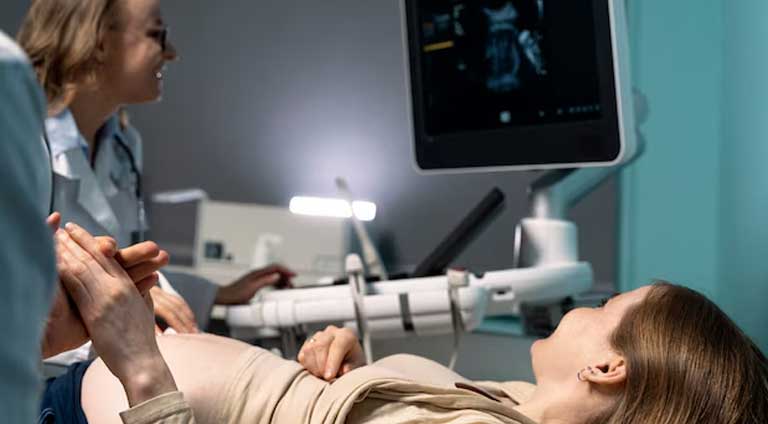IVF treatment is truly a revolution, helping people conceive. Do you know what an IVF treatment is? Or how does it work? If you’re someone curious to understand the procedure or you really want to understand all the questions before going for an IVF treatment, then consider following this blog.
In-vitro fertilisation treatment, popularly called IVF, is one type of fertility treatment. Here, the experts allow the fertilisation of eggs and sperm outside the body. It is a complex procedure that involves a lot of things. This involves the extraction of eggs, their combination with sperm in the labs, and placing the fertilised egg back in the uterus. The complexity of the process makes it important to always trust reputed and proven medical experts for the treatment.
The effective results of IVF have made it a preferred treatment for a lot of individuals. From couples struggling with infertility issues to couples where one partner has some health problem, IVF is considered reliable for a majority of people. A lot of couples also go for IVF Doctor in Kolkata when they are having difficulty conceiving because of biological factors like age. Same-sex couples or individuals willing to be single parents also showcase their trust in this treatment.
You may go for IVF treatment if any of your partners have:
Here is a step-by-step walkthrough of IVF treatment.
Before going for treatment, doctors often suggest some kind of birth control pill or estrogen. This is helpful in eliminating any kind of chatter in the ovaries. Also, it regulates your menstrual cycle.
These pills are shown to be effective in enhancing the number of mature eggs. Thus easing the process of egg extraction.
Ovaries stimulation is done via injections or treatment to maximise your egg’s count. The process may also include other steps like monitoring your uterus using ultrasound, trigger shots, and so on.
Following the stimulation procedure is the egg extraction procedure. Here, doctors, with the help of an ultrasound, use a needle and suction equipment to extract eggs from each ovary. After successful retrieval, these eggs are carefully placed in a specially formulated solution and then in an incubator.
Your doctor may give you some medication to reduce your pain during the procedure.
Once the healthcare experts are able to successfully retrieve your eggs, they move ahead with their fertilization. Doctors use ICSI injections on all mature eggs to help them fertilize. Generally, there are high chances for a mature egg to get fertilised and transform into an embryo in the next stage.
Embryo Development and Transfer
Once your eggs become embryos, they are carefully assessed for almost 5–8 days. This helps experts understand the embryo’s health and their abilities to enter the blastocyst stage. After this period, it is time to transfer your eggs back. Generally, there are two kinds of transfers: fresh and frozen. The procedure for both of these transfers remains the same. The major difference lies in their transfer period after egg retrieval. For example, frozen transfer is done with frozen eggs that were retrieved more than 8 days ago.
The embryo transfer is done using a speculum and a catheter. The catheter has a syringe on one end, which is responsible for injecting the embryos into the uterus. It is a quick procedure.
Pregnancy happens once the transferred embryo places itself in the uterus lining. Now, you know how IVF works. However, you must understand that you also need to prepare for IVF and follow some pre-IVF checkups. Though IVF treatment has high success rates, age is one of the factors that plays a crucial role in its success. Research has shown that individuals under 35 have better and improved chances for IVF treatment. Similarly, considering the complexity of the process, it is important to choose a reputed and trusted healthcare provider.


